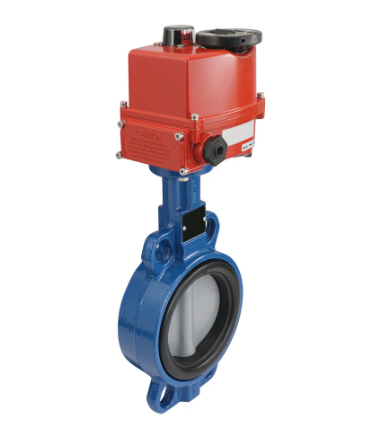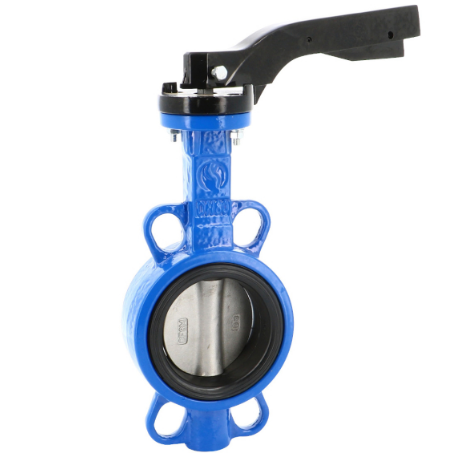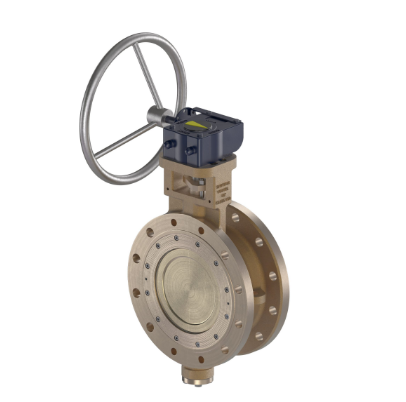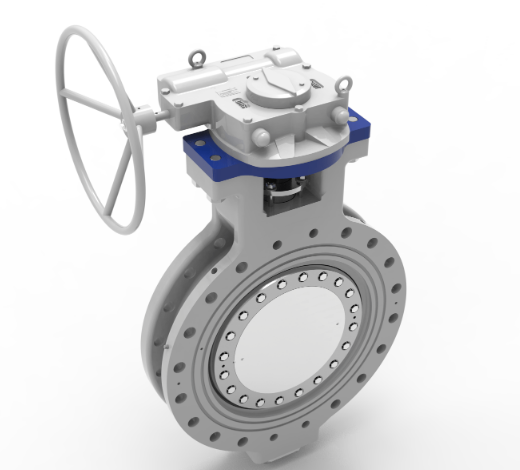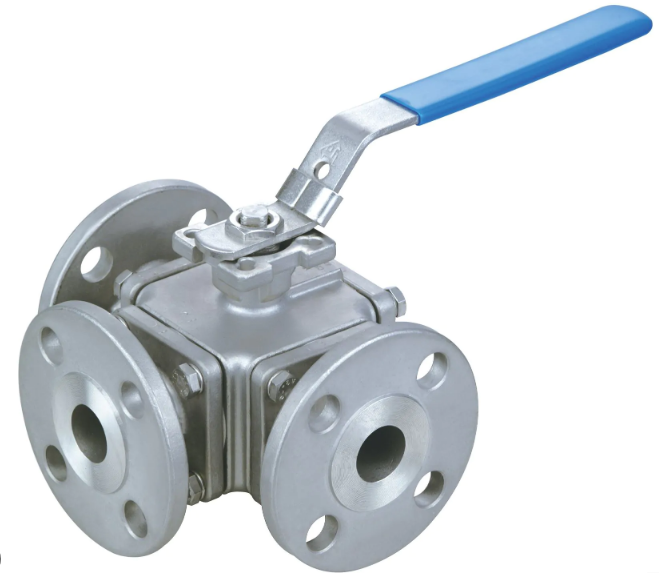Introduction
In modern industrial process control, pneumatic actuators for valve automation play a critical role in ensuring accurate, reliable, and efficient operation of valves.
By converting compressed air into mechanical motion, these actuators can automate valve opening and closing without the need for electric motors or manual operation. They are widely used in industries such as oil & gas, water treatment, chemical processing, food & beverage, and power generation.
1. What Is a Pneumatic Actuator for Valve Automation?
A pneumatic actuator is a device that uses air pressure to move or control a valve mechanism. When integrated into an automated valve system, it allows for:
-
Remote operation via control systems (PLC, DCS, SCADA)
-
Automatic positioning for process regulation
-
Fail-safe operation in case of power loss (spring-return type)
Common valves automated with pneumatic actuators include:
-
Ball valves
-
Butterfly valves
-
Gate valves
-
Globe valves
2. Types of Pneumatic Actuators for Valve Automation
2.1 Single-Acting (Spring-Return)
-
Uses compressed air to move in one direction, and a spring to return.
-
Ideal for fail-safe applications where the valve must default to open or closed upon air supply loss.
2.2 Double-Acting
-
Uses compressed air for both opening and closing.
-
Provides greater torque and is suitable for high-cycle operations.
2.3 Rotary vs. Linear Actuators
-
Rotary – Delivers rotational motion, ideal for quarter-turn valves like ball and butterfly valves.
-
Linear – Provides straight-line motion, suitable for gate or globe valves.
3. Key Benefits of Pneumatic Valve Automation
-
High Speed – Rapid opening and closing times for fast process control.
-
Reliability – Fewer electrical components, making them durable in harsh environments.
-
Explosion-Proof – Safe for hazardous areas where electrical sparks are a risk.
-
Low Maintenance – Simple design with minimal wear parts.
-
Cost-Effective – Lower initial and operating costs compared to electric actuators.
4. Common Applications
-
Oil & Gas – Pipeline valve control in offshore and onshore facilities.
-
Water & Wastewater – Automated flow regulation in treatment plants.
-
Chemical Industry – Corrosion-resistant setups for aggressive media.
-
Power Plants – Steam and cooling water flow control.
-
Food & Beverage – Hygienic valve operation in clean environments.
5. How Pneumatic Actuators Automate Valves
-
Air Supply – Compressed air is delivered to the actuator via a solenoid valve.
-
Motion Conversion – Internal pistons or vanes convert air pressure into mechanical force.
-
Valve Movement – The actuator moves the valve stem or disc to the required position.
-
Position Feedback – Sensors or positioners send status to the control system.
-
Control Loop – PLC/DCS adjusts operation based on process requirements.
6. Factors to Consider When Selecting a Pneumatic Actuator for Valve Automation
-
Torque Requirement – Ensure actuator torque matches valve size and type.
-
Operating Pressure – Match air supply pressure to actuator specifications.
-
Environmental Conditions – Select appropriate materials for temperature, humidity, and corrosion resistance.
-
Control Options – Choose between on/off, modulating, or position-controlled actuation.
-
Safety Requirements – Consider fail-safe or manual override features.
Conclusion
A pneumatic actuator for valve automation is a robust, reliable, and cost-effective solution for controlling industrial valves.
With their fast response times, safety in hazardous environments, and low maintenance needs, pneumatic actuators remain the preferred choice for many automation systems.
If you want to learn more about low-priced products, please visit the following website: www.xm-valveactuator.com







